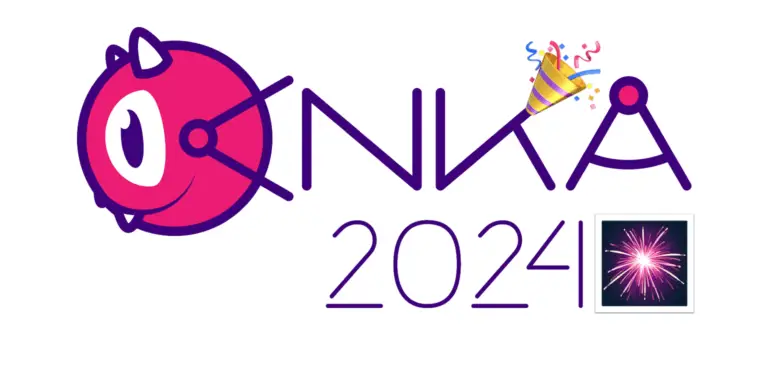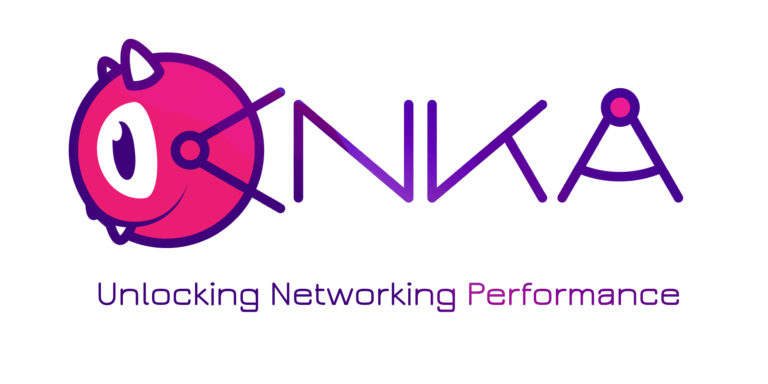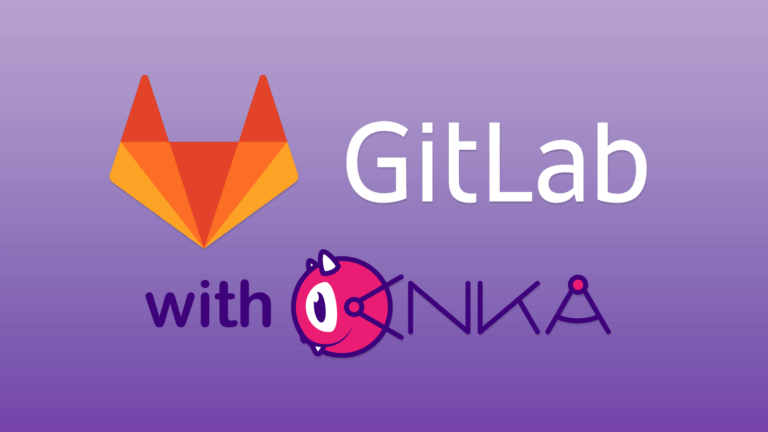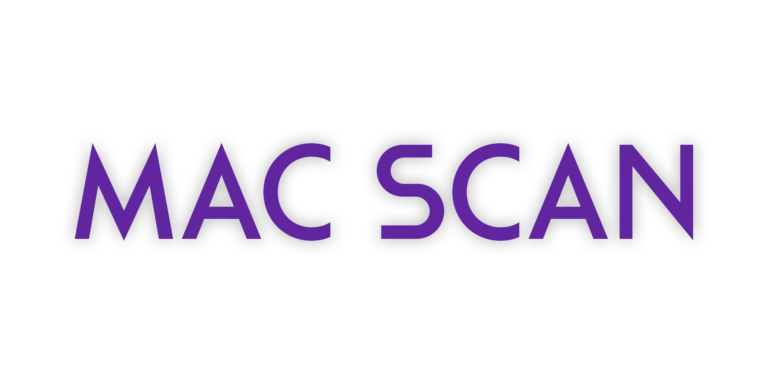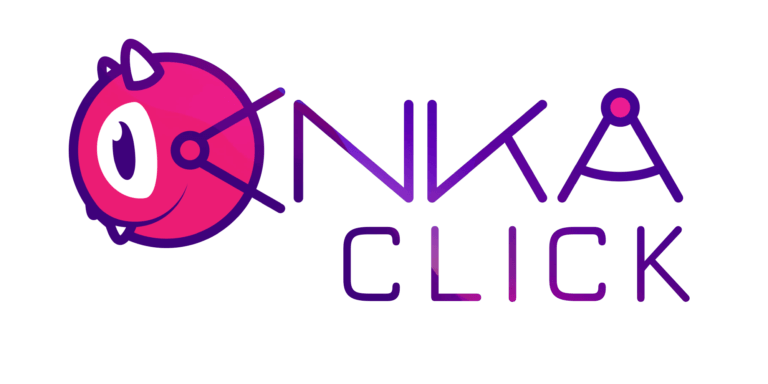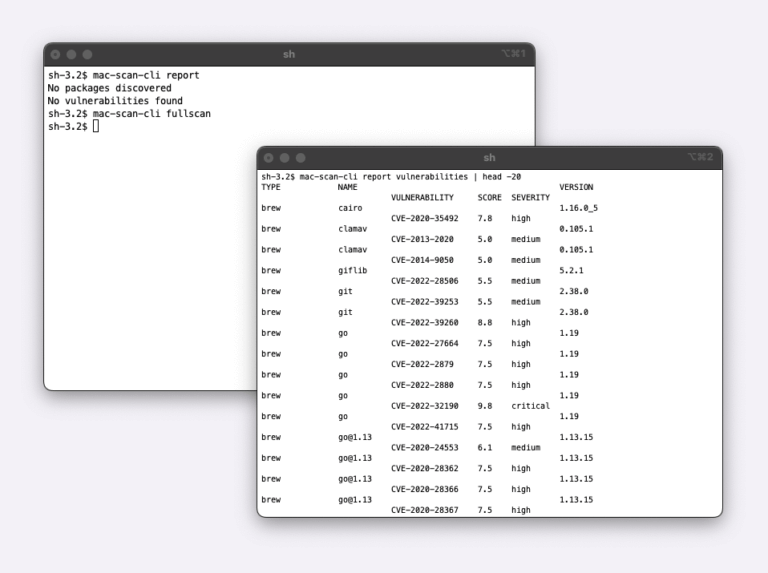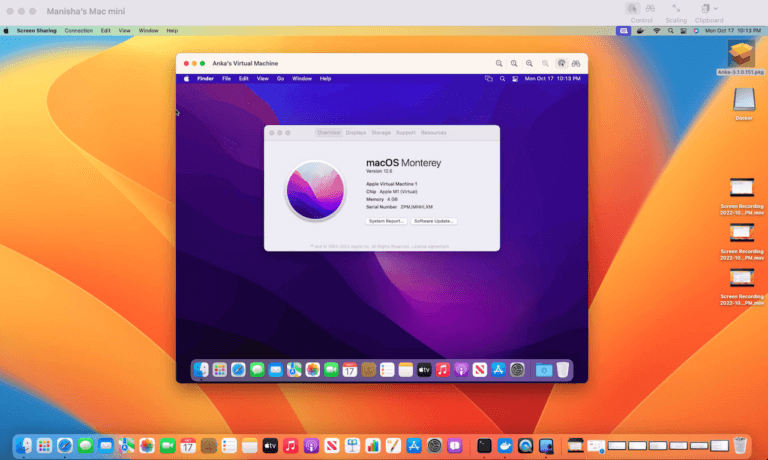One of the key differentiators in Veertu’s Anka solutions packages (Build And Flow) is Anka Registry for macOS virtual machines. When you look at current DevOps workflows for development on Linux, containers significantly increase CI efficiency by ensuring consistency across multiple developments and release cycles with repeatable development, build, and test environments. For individual developers, containers eliminate the “it works on my machine” problem by ensuring parity for the entire team. This parity exists across the entire environment, on CI, and on the developer machine.
Containers achieve parity with a common repository that contains the artifacts which can be used to build and run container images in a host-agnostic manner and through version management. Anka registry architecture maps this design to managing and distributing environments for development on macOS platform.
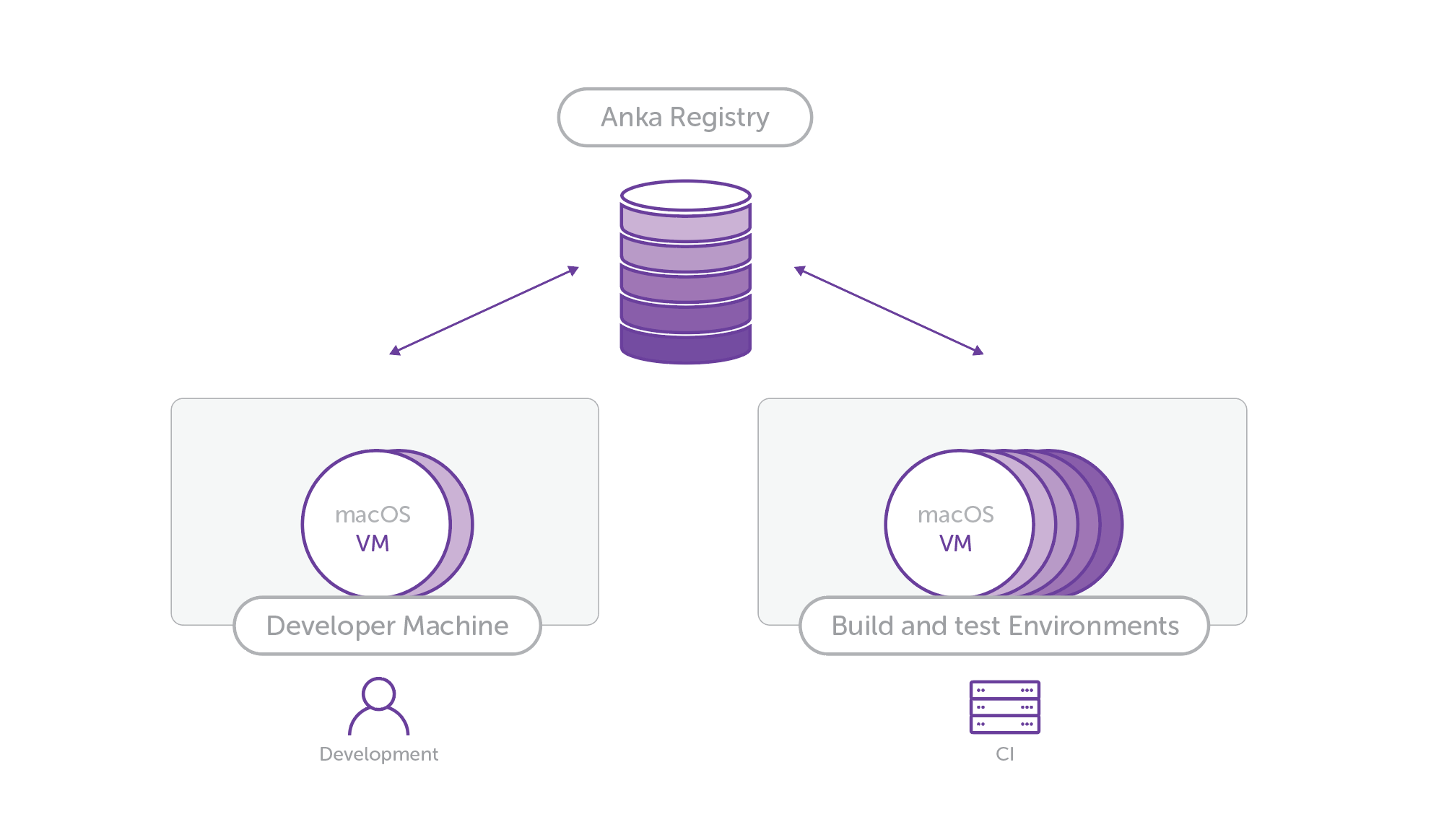
macOS natively doesn’t support the concept of running macOS containers and layered container image architecture, however, with Anka Registry we were able to superimpose the registry-based workflow on macOS VM architecture.
Let’s look at how Anka Registry achieves this. When you set up a macOS private cloud with Anka Build virtualization and cloud components, you also set up Anka registry module. Anka registry is a Ubuntu service written in Go. It’s packaged to run as a Docker container for easy deployment, but you can also run it on an Ubuntu VM or any other Linux flavor. It supports both HTTP and HTTPS communication between the registry backend and client. HTTPS is configured with NGINX.
After deploying Anka Registry, engineers can push macOS Anka VMs from the machines running the Anka client package (Anka Flow or Anka Build). In traditional VM storage concepts that exist today, the entire VM is packaged, copied over, stored and managed. This fails to provide benefits of efficiently managing images for dev/test and ensuring consistency across all systems. Anka Registry `push` breaks the macOS VM into the VM configuration and into delta image files. First time push for a macOS VM moves over the VM configuration and the entire VM together. Any subsequent changes to this Anka macOS VM get tagged for version management, and registry `pull` analyzes the VM images and moves only the deltas. The result is a significant reduction in the network requirements and a swift push operation.
Anka also provides the ability to “Instant Start” macOS VMs, which is critical for when you want to set up on-demand provisioning for macOS VMs for development and test CI jobs. For these operations, Anka Build works with macOS VMs stored in the suspended state in the Registry. Things get very interesting when you push and pull suspended-state VMs. In addition to managing the deltas in images for the macOS VMs, with suspended VMs Anka Registry also maintains the state of the VM so that when it’s pulled, it comes over in the same state and is available right away for job execution.
Anka registry pulls also operate similarly to registry push. The first-time pull of an Anka macOS VM will get the entire VM configuration and images. Any subsequent pull request for the same VM analyzes the dependencies and pulls only the deltas.
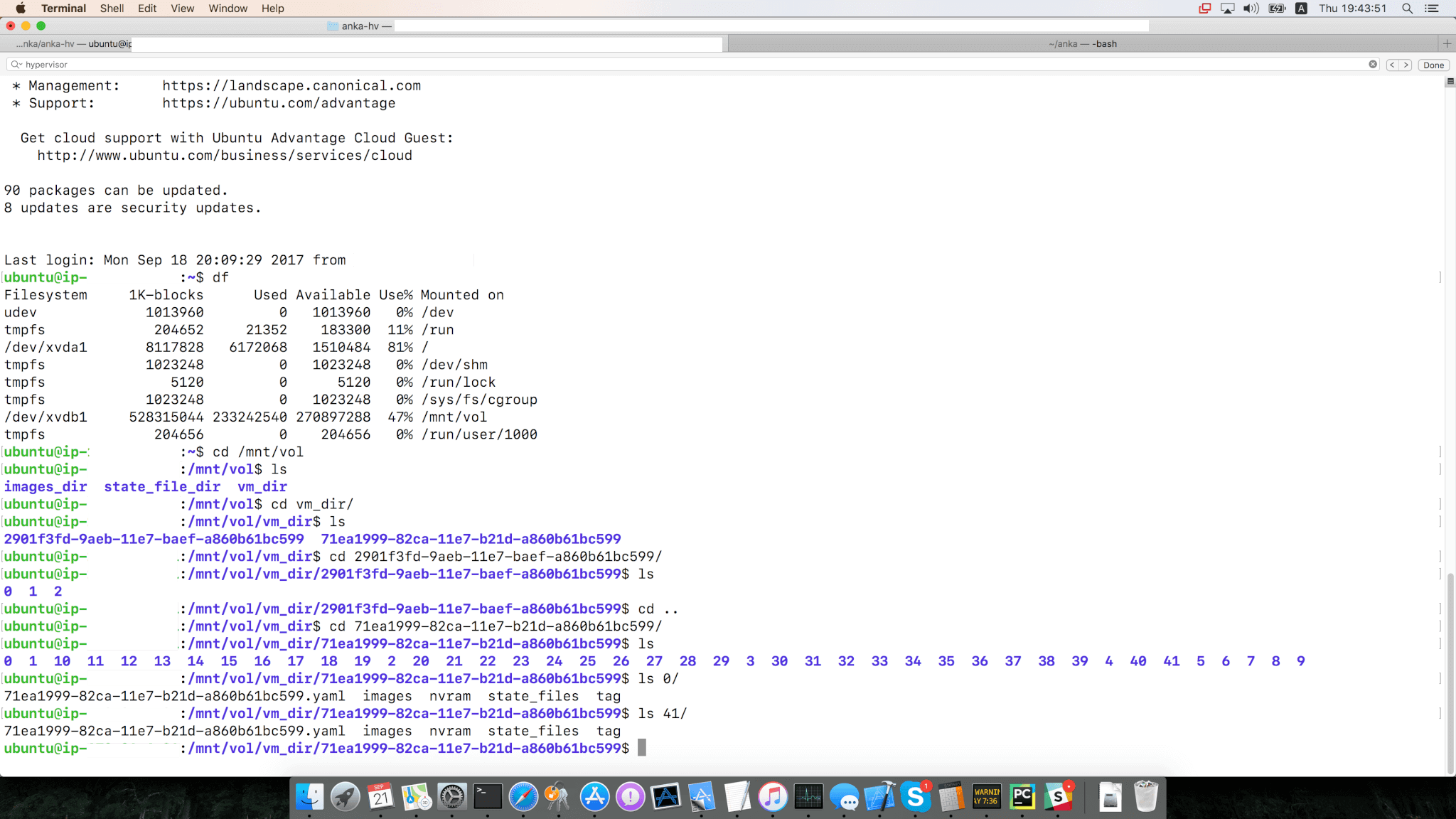
More optimizations occur when you clone Anka macOS VMs and store and manage them in Anka registry. Registry pull and push use the same concepts of managing deltas and dependencies to reduce the overall footprint on client machines and provide flexibility for easily reproducible macOS environments that start instantly.
We are working on some other exciting ideas for the future roadmap, which will bring this concept even closer to a real container architecture for creating and managing macOS environments for development test. Stay tuned.

